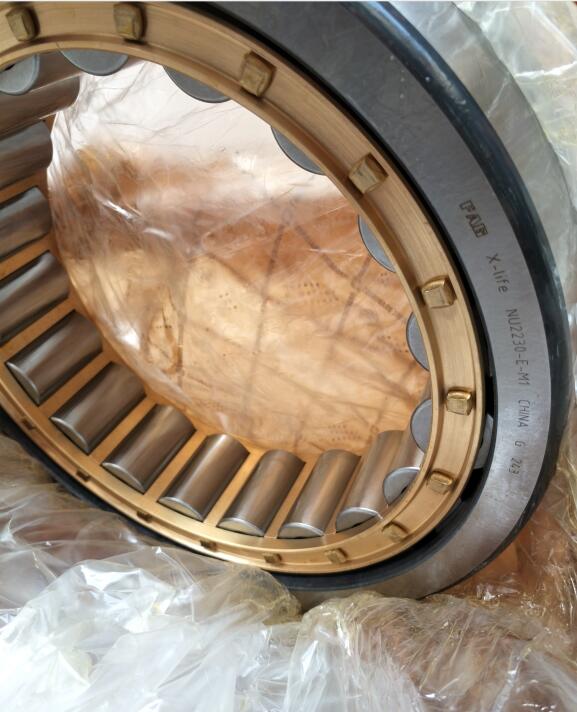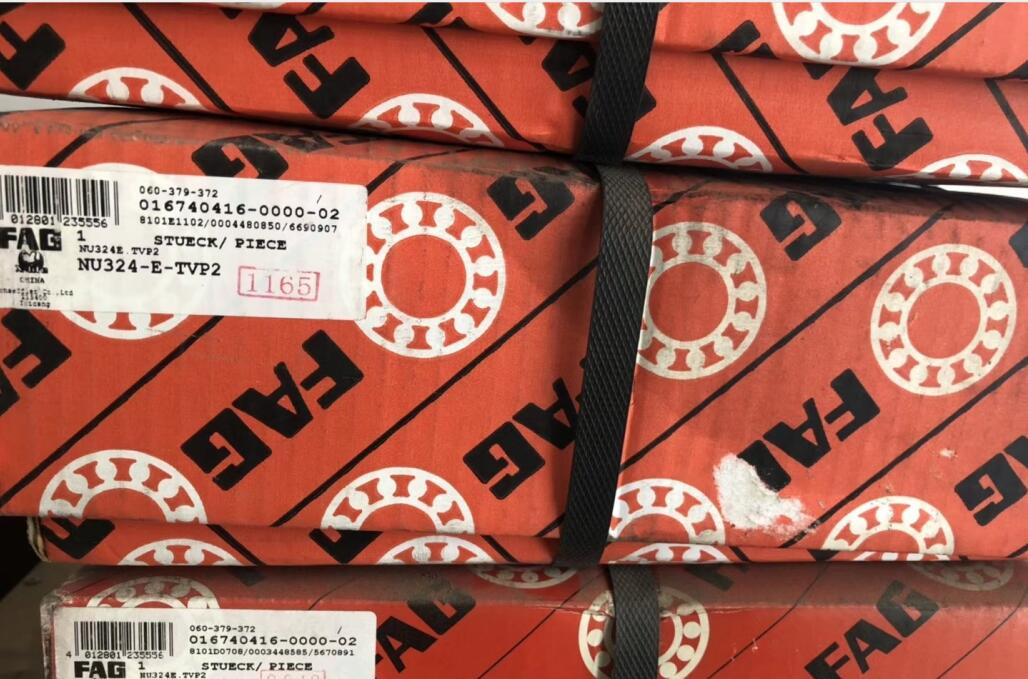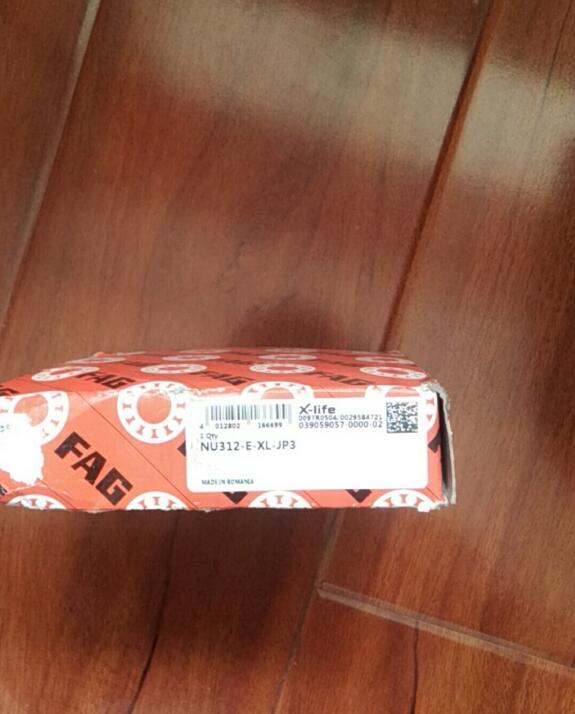FAG Cylindrical Roller Bearing Lubrication Restrictions
At lower temperatures, the starting torque in grease lubrication applications usually increases significantly. Starting torque is not mainly determined by the stability of the grease, but is usually determined by the rheological characteristics of the grease.
FAG Cylindrical rollers and raceways are linear contact bearings. Load capacity, mainly bear radial load. The friction between the rolling body and the ferrule is small, suitable for high-speed rotation. According to the presence or absence of ribs, it can be divided into NU, NJ, NUP, N, NF and other single row cylindrical roller bearings, and NNU, NN and other double row cylindrical roller bearings. The bearing has a separable inner ring and outer ring structure.FAG Cylindrical roller bearing FAG NU2230-E-M1

FAG Cylindrical roller bearings with no ribs on the inner or outer ring can move axially relative to the inner and outer rings, so they can be used as free-end bearings. Cylindrical roller bearings with double ribs on one side of the inner ring and outer ring and a single rib on the other side of the ring can withstand a certain degree of axial load in one direction. Generally use steel plate stamping cage, or copper alloy car body cage. But some also use polyamide forming cages.
FAG Cylindrical roller bearings are mainly used in large and medium-sized motors, locomotive vehicles, machine tool spindles, internal combustion engines, generators, gas turbines, reduction gearboxes, rolling mills, vibrating screens, and lifting and transportation machinery. Need FAG Cylindrical roller bearings FAG NU324-E-TVP2
In normal use, vibration is quite sensitive to bearing damage, and flaking, indentation, rust, cracks, wear, etc. will be reflected in bearing vibration measurement. Therefore, the size of the vibration can be measured by using a special bearing vibration measuring device (frequency analyzer, etc.), and the specific situation of the abnormality can be inferred from the frequency distribution. The measured values are different depending on the use conditions of the bearings or the installation positions of the sensors, etc. Therefore, it is necessary to analyze and compare the measured values of each machine in advance to determine the judgment standard.
FAG Cylindrical roller bearing lubrication limitations
At low temperatures, rolling bearings usually have a significant increase in starting torque in grease-lubricated applications. The starting torque is not mainly determined by the stability of the grease, but is usually determined by the rheological characteristics of the grease. The high temperature limit of grease is usually determined by the thermal stability, oxidative stability and antioxidant performance of the base oil.
Requirements for using equipment
The high temperature often indicates that the cylindrical roller bearing is in an abnormal condition, and the high temperature is also harmful to the bearing lubricant. Sometimes overheating of bearings can be attributed to bearing lubricants. Long-term continuous rotation of bearings at temperatures exceeding 125 ° C will reduce bearing life. The causes of high-temperature bearings include: insufficient lubrication or excessive lubrication, impurities in the bearing raceway, excessively high speed limit, and long-term overload operation of the bearing.
Equipment designers must evaluate the effect of temperature on equipment performance. For example, precision machine tool spindle bearings may be very sensitive to thermal expansion. For some spindles, special attention is required when the operating temperature is 20 ° C to 35 ° C higher than the ambient temperature. Most industrial equipment can work at very high temperatures.Buy FAG cylindrical roller bearing FAG NU312-E-XL-JP3
For example, transmission gears can withstand high temperatures of 93 ° C. Equipment such as gas turbines can operate continuously at temperatures above 100 ° C. However, when running for a long time under high temperature conditions, if the machining and heat treatment of the shaft and bearing housing are improper, the amount of fit may be affected. Although the bearing can work normally at temperatures up to 120 ° C, the upper temperature limit of 80 ° C to 95 ° C is more realistic.
Higher operating temperature will increase the instantaneous peak temperature and increase the possibility of bearing damage. Sample testing according to specific applications can help determine the operating temperature range. Equipment designers should weigh all relevant factors and finally determine the working temperature that meets the requirements.







